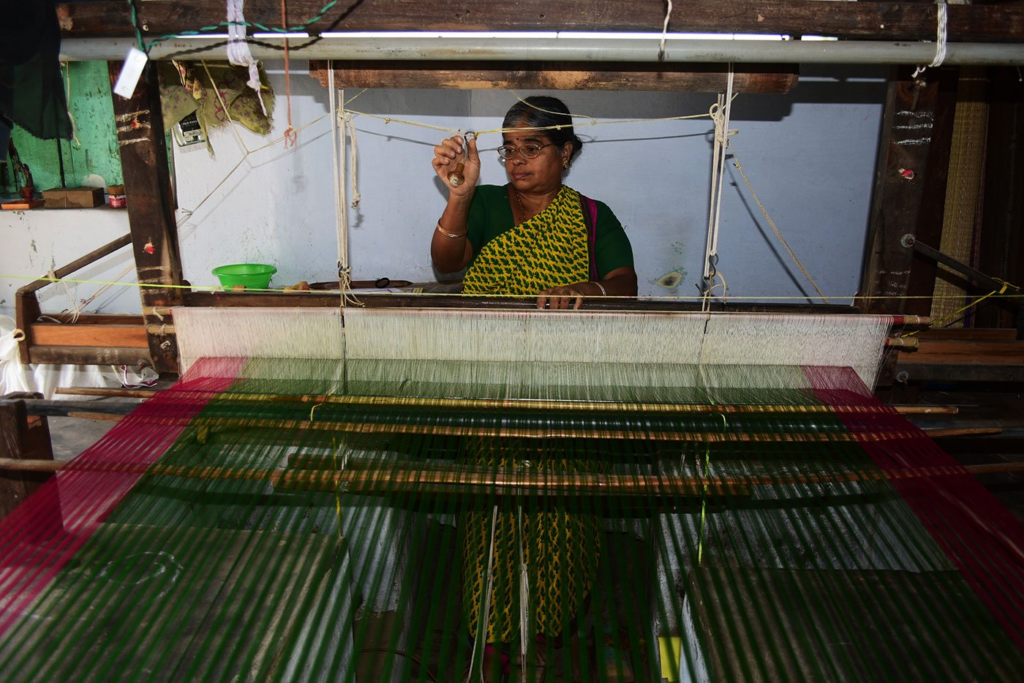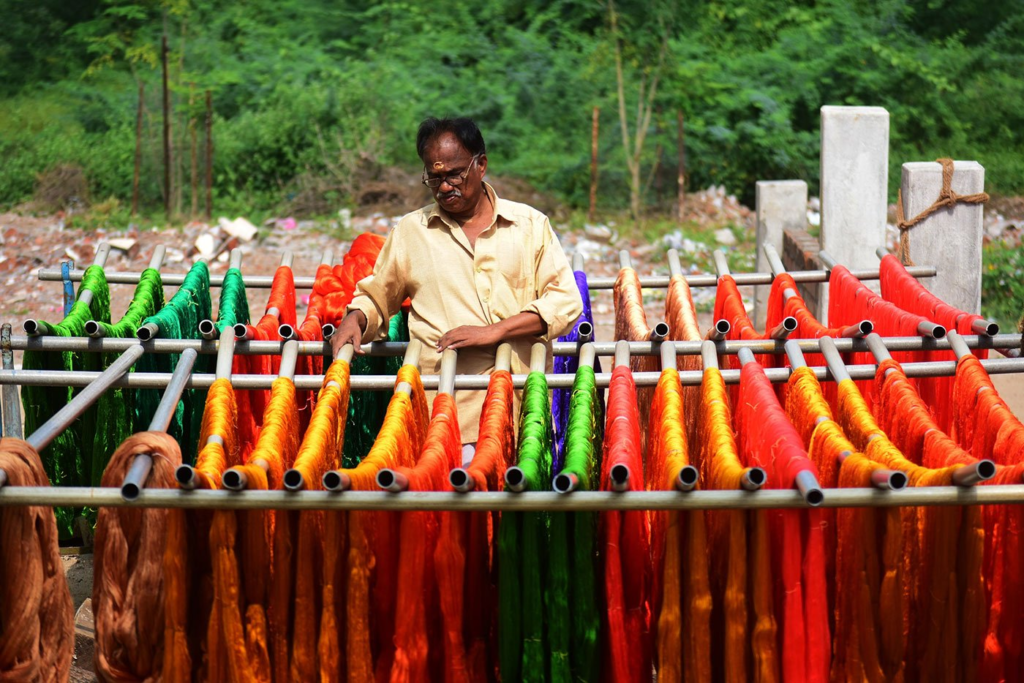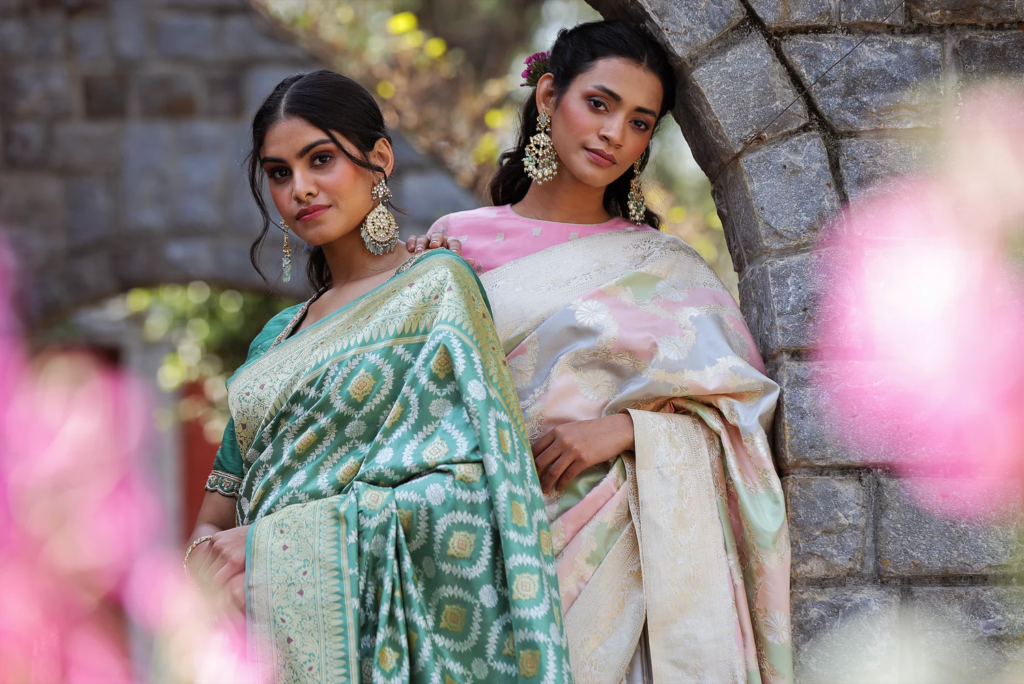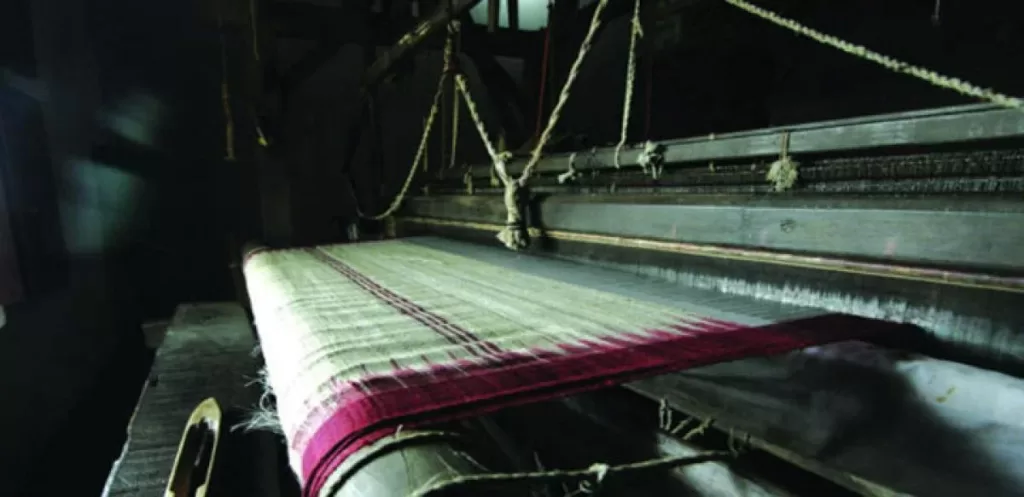Introduction
In the heart of India, nestled within the lush landscapes of Chhattisgarh, lies a hidden treasure – Kosa Tassar silk. This article delves into the mesmerizing world of Kosa Tassar silk Fabric and Saree Production, its historical significance, production process, and its place in the modern fashion industry.

Unveiling the Beauty of Kosa Tassar Silk Fabric and Saree
A Glimpse into Chhattisgarh’s Rich Heritage
Chhattisgarh, a state known for its diverse culture and traditions, has been the cradle of Kosa Tassar silk for centuries. This exquisite fabric is deeply rooted in the cultural heritage of the region, making it a symbol of tradition and craftsmanship.
The Silk Route of Chhattisgarh – Kosa Tassar Silk Fabric and Saree
Kosa Tassar silk is primarily produced in the Kosa region of Chhattisgarh, which includes districts like Janjgir-Champa, Bilaspur, Surguja, and Korba. The name “Kosa” is derived from the silk-producing silkworms, and “Tassar” signifies the quality and texture of this unique silk.
Nestled in the heart of Chhattisgarh, the town of Champa has emerged as a prominent center for the production of Kosa Tassar silk fabric and sarees.The significance of Champa in the world of Kosa Tassar silk, its historical roots, the silk production process, and the impact it has on the local economy and fashion industry.

Champa’s Historical Connection to Kosa Tassar Silk Fabric and Saree
A Legacy of Craftsmanship – Kosa Tassar Silk Fabric and Saree
Champa boasts a rich legacy of craftsmanship that dates back centuries. The town has been a hub for skilled artisans who have mastered the art of weaving Kosa Tassar silk. This tradition has been passed down through generations, making Champa synonymous with quality silk production.

The Art of Crafting Kosa Tassar Silk Fabric and Saree
Silkworms and Their Role
The journey of Kosa Tassar silk begins with the Antheraea mylitta silkworms. These unique silkworms feed on the leaves of Arjun and Saja trees, producing cocoons with fine silk threads. Champa’s artisans carefully rear these silkworms, ensuring the quality of silk is top-notch.
Natural Dyeing Techniques
One of the hallmarks of Champa’s Kosa Tassar silk is the use of natural dyes. The artisans rely on locally sourced plant extracts to create a stunning array of colors. This eco-friendly approach not only enhances the fabric’s appeal but also aligns with sustainable practices.
The Elegance of Champa’s Kosa Tassar Silk

Traditional Attire and Modern Fashion
Champa’s Kosa Tassar silk is incredibly versatile. The silk’s natural sheen and soft texture make it a preferred choice for designers looking to blend tradition with modern aesthetics.
An Ethical and Sustainable Choice
In an era where sustainability is paramount, Champa’s Kosa Tassar silk stands out as an ethical choice. The silk production process in Champa is eco-friendly, with minimal chemical usage. Moreover, it provides livelihoods to a significant number of local artisans.
Champa’s Contribution to the Fashion Industry
A Resurgence in Popularity – Kosa Tassar Silk Fabric and Saree
In recent years, Champa’s Kosa Tassar silk has witnessed a resurgence in the fashion industry. Renowned designers are integrating this exquisite silk into their collections, giving it a global presence. The fabric’s unique blend of tradition and trendiness appeals to a wide audience.
A Symbol of Chhattisgarh’s Heritage
Champa’s Kosa Tassar silk is not merely a fabric; it is a symbol of Chhattisgarh’s heritage and craftsmanship. Each piece tells a story of tradition, artistry, and sustainability, making it more than just clothing.
Conclusion
Champa, Chhattisgarh, stands as a beacon in the world of silk production, especially when it comes to Kosa Tassar silk. Its rich history, commitment to craftsmanship, and dedication to sustainability make it a remarkable center for the creation of this luxurious fabric. As you drape yourself in Champa’s Kosa Tassar silk, you not only adorn a piece of art but also contribute to the preservation of a cultural legacy.

